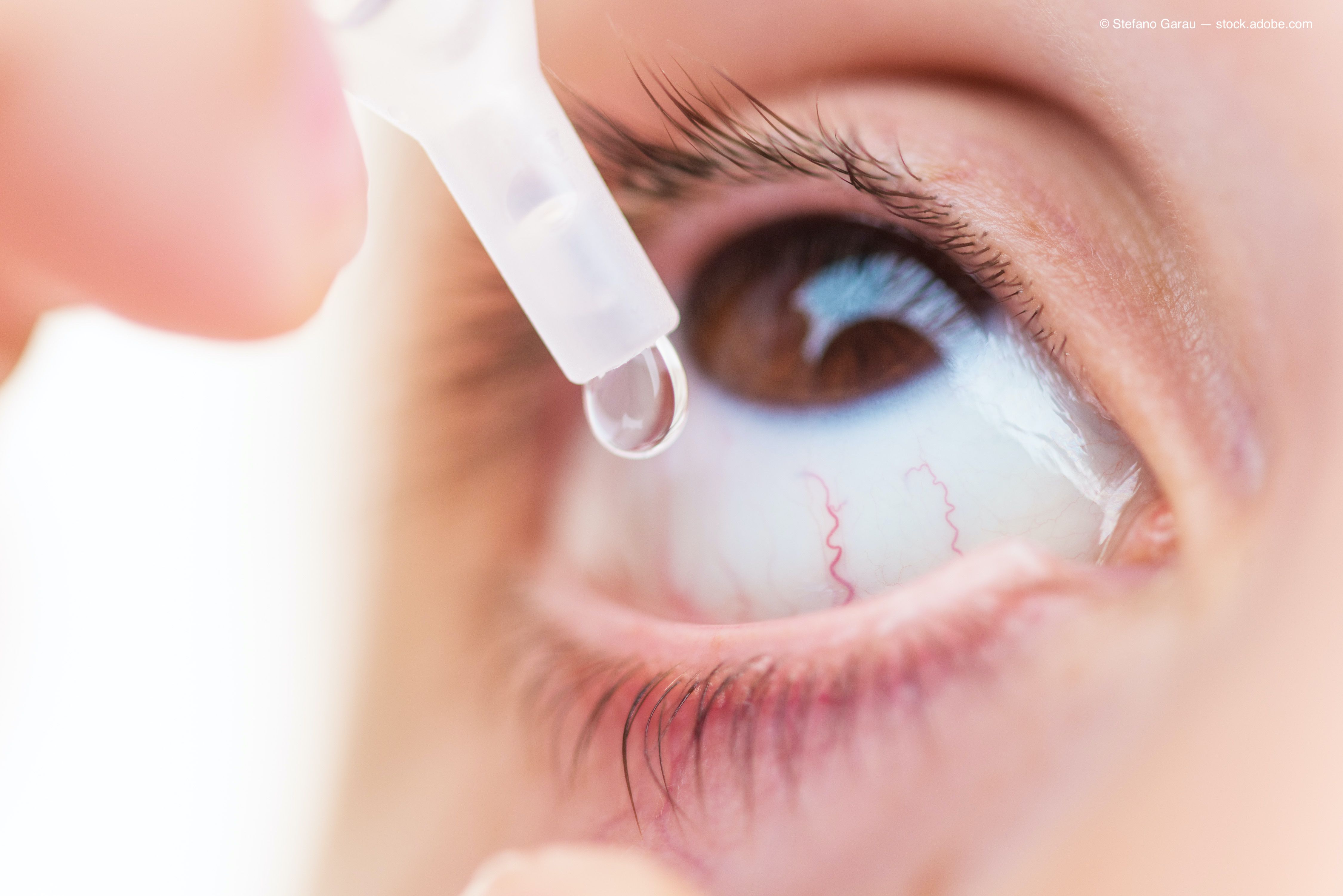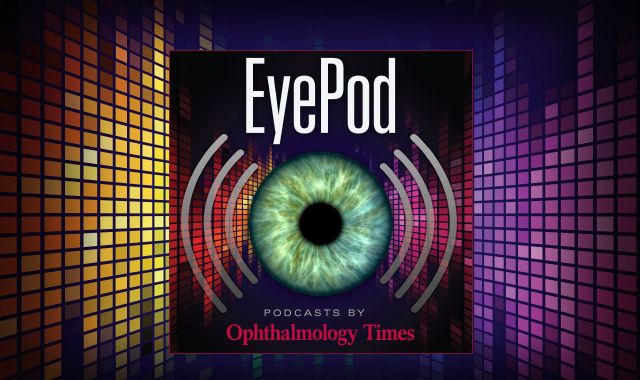Article
Visus Therapeutics secures FDA acceptance of IND for presbyopia-correcting eye drop
Author(s):

Visus Therapeutics announced today that the FDA has approved its Investigational New Drug Application (IND) to move forward with the clinical development program for BRIMOCHOLTM, the company’s lead investigational drug candidate.
With this latest acceptance, Visus will begin initiation of its planned Phase II clinical trial in the U.S. immediately, according to a company news release.
A proprietary combination of carbachol and brimonide tartrate, BRIMOCOHOL operates as a once-daily eye drop to improve the loss of near vision associated with presbyopia, according to the release. The carbachol produces a “pinhole effect,” thereby reducing the size of the pupil and allowing light rays focuses on the retina to enter the eyes — resulting in a sharpening of images.
Combining carbachol with brimonidine results in several advantages: a longer duration of the pinhole effect and a lower incidence of such side effects usually caused by miotic agents, according to the company.
In a statement, Visus co-founder and CEO Bergo said the FDA’s IND acceptance of BRIMOCHOL is a symbolic step forward for company and the estimated 123 million U.S. adults living with presbyopia.
“We are excited to begin dosing patients in the Phase 2 clinical study, which we believe will validate BRIMOCHOL as a well-tolerated solution that meets patients’ desire for a long-lasting near vision treatment option,” Bergo said.
To date, six clinical trials evaluating the safety and efficacy of BRIMOCHOL have been conducted in over 200 patients. Results of these trials showed an averaged near visual acuity improvement of more than five lines on the Jaeger eye chart, along a minimum duration time of eight hours post-dose.
The most recent study from 2019 assessed 57 patients. Results exhibited a sustained improvement in near visual acuity for a minimum of eight hours, as well as an average improvement of more than five lines on the Jaeger chart. There were also no reports of brow ache or loss in distance vision.
Newsletter
Don’t miss out—get Ophthalmology Times updates on the latest clinical advancements and expert interviews, straight to your inbox.





